Surgical Excision
Examples of Surgical Excision
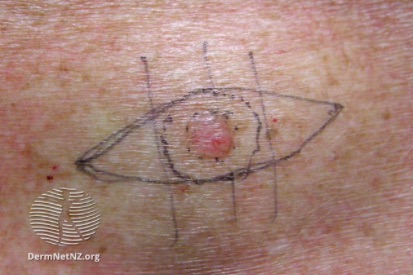
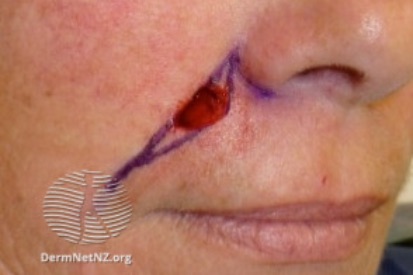
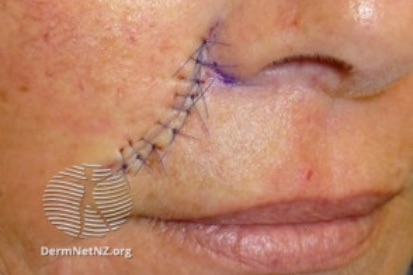
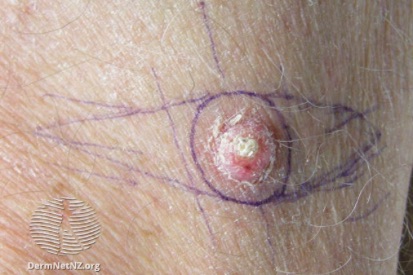
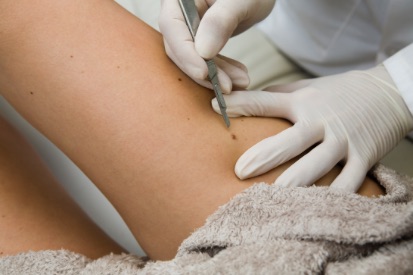
What is Surgical Excision?
The procedure, conducted under local anesthesia, entails a precise incision around the lesion to ensure complete removal with a margin of healthy tissue. Following excision, the incision is closed with stitches, and the extracted tissue is sent to a laboratory for analysis.
What are the Benefits of Surgical Excision
Offering immediate results and low recurrence rates, surgical excision addresses concerns promptly. Surgeons prioritize aesthetic outcomes by minimizing scarring, making it a reliable approach for the removal of growths with both diagnostic and therapeutic benefits.
How Scott J.M. Lim Dermatology and Skin Can Help?
Surgical Excision FAQs
The excision surgery itself should not be painful, as your provider will likely numb the area with local anesthesia before the procedure. However, you may experience some swelling, soreness, or pain following the procedure. Your provider may recommend icing the area and taking pain medication to minimize any discomfort you may have.
Our dermatologists find that most excision wounds heal in about one to three weeks following the procedure. If a skin graft or flap was required to close the wound, the healing process may take up to two months to completely heal.
Yes, surgical excision often leaves a scar, which is typically the size of the incision. Before your procedure, talk to your doctor about how the scar may look and how to care for your incision after the procedure to minimize scarring.
What to Expect at Your Surgical Excision Appointment
The dermatologist will precisely remove the lesion, including a margin of healthy tissue, followed by closure with stitches. Postoperative care guidelines, including wound care and activity restrictions, will be provided, and follow-up appointments may be scheduled as needed. Throughout the appointment, the dermatologist prioritizes your comfort, information, and readiness for a successful surgical excision experience.
How to Prepare for Surgical Excision
Follow specific pre-procedure instructions from your dermatologist, which may include adjusting medications or skincare routines. Take the opportunity during the consultation to ask questions about the procedure and postoperative care.
Planning for Recovery after Surgical Excision
Related Blog Posts
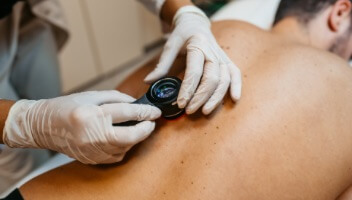
- Skin Cancer
- General Dermatology
- Skin Exams
Navigating the landscape of Total Body Skin Exams: Uncover the comprehensive process, understand why it matters for skin health, and gain insights into what to expect during these essential dermatological examinations.
Read More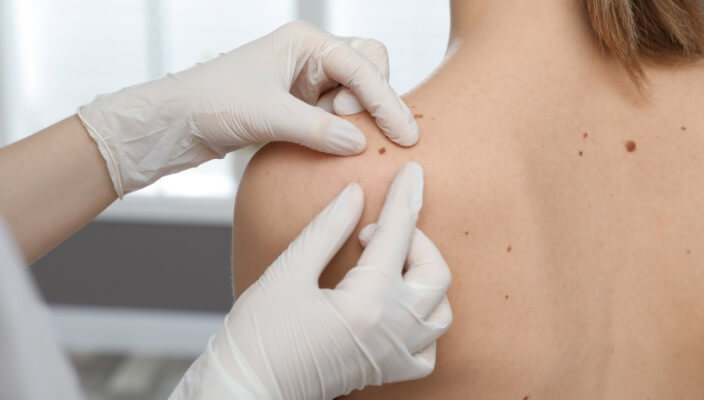
- Skin Cancer
- General Dermatology
- Skin Exams
- Sun Safety
If your dermatologist finds a suspicious mole during your TBSE, hey want to perform a skin biopsy.
Read More
- Skin Cancer
- General Dermatology
- Chronic Skin Conditions
Learn more about the most common types of skin lesions we see and how our dermatologists remove them.
Read More